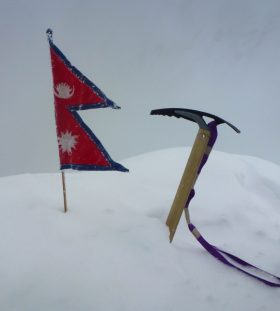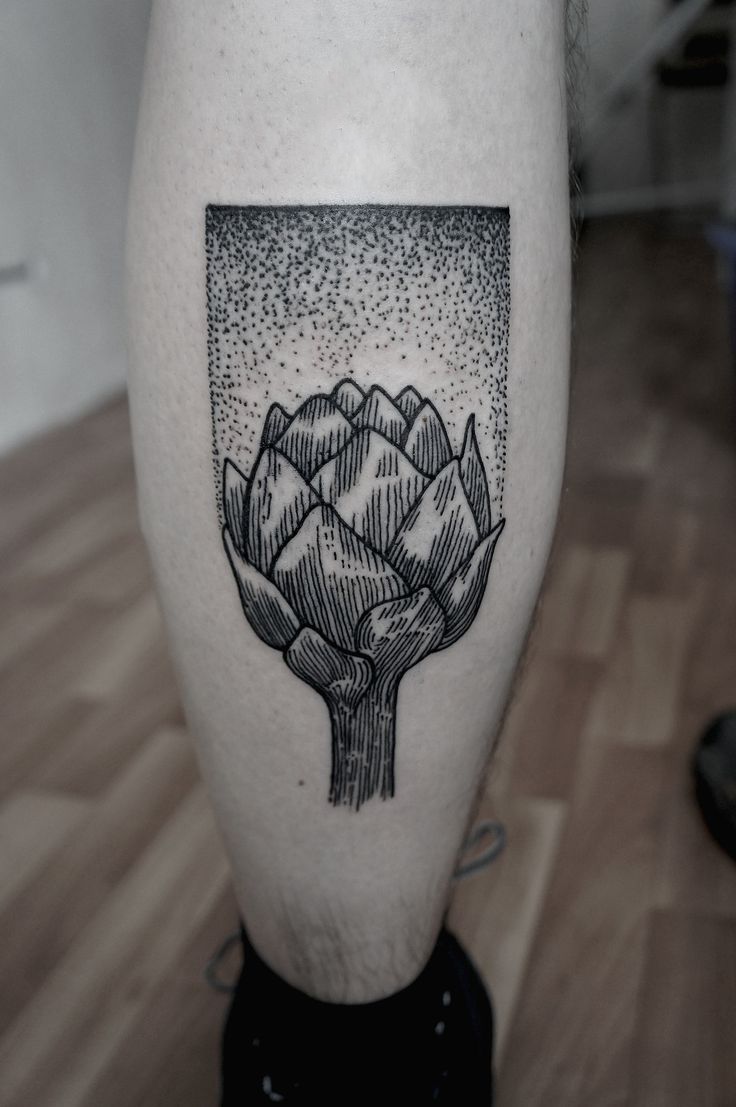How Difficult is Island Peak Climbing

Everest region is quite popular for hosting many adventurous trekking routes. This region is also home for the world’s highest mountain Mount Everest. Some famous treks are Everest Base Camp Trek, Island Peak Climbing, Three Pass Trek and many more.
Among them, Island peak Climbing is one of the famous destinations for both trekkers and mountaineers.
Have you heard about Island peak climbing? Island peak is a training peak. Climbers usually climb this peak as training before they summit Mount everest. It has been slowly gaining popularity in the trekking world. Every year many trekkers climb this peak to view the beauty surrounding it.
Are you also planning to make the climb? Wondering How difficult is Island Peak Climbing? Well our article here will give you answers related to climbing difficulties.
About Island Peak
Another name for this peak is Imja Tse. But most people better know it by Island Peak. The members of british Mount Everest expedition gave it the name Island peak. This peak got its name in 1953 as it looks like an island in the middle of a sea of ice from Dingboche.
Island peak lies on the eastern side of Nepal inside Sagarmatha National Park. It is situated at an altitude of 6189 m above sea level. This peak stands between Ama Dablam and Lhotse peak.
The trails of this peak offer many mesmerizing views of the mountain ranges, landscapes and glaciers. Majority of people found in this region belong to the Sherpa community. The people living in this region follow the Tibetan influenced culture and traditions.
You get to view many monasteries, prayer rock, small chortens, etc on this trail. The unique culture and tradition of Himlayan people will mesmerize you on this journey.
Some Himlayan peak seen on this trails are Makalu, Nuptse peak, Lhotse Peak, Lhotse shar, Ama Dablam, and many more. You will also be passing through Sagarmatha National Park. So, if you are lucky you can spot endangered wildlife such as Himalayan monal, blood pheasant, musk deer, red panda, etc.
Island peak climb gives you an awesome view while trekking through the off beaten paths. Don’t worry as this climb is not very harsh and thrilling.
How Difficult is Island Peak Climbing?
Before beginning your journey it is best to know about the difficulties you can face on your trek. Climbing high altitudes comes with risks but it can be overcomed with proper preparation.
Island peak has been graded as moderate level climb. Island Peak Climbing is suitable for both novice as well as professional. The trek can be a bit harsh for beginners if this is their first climb. But you can overcome them with proper training.
The Island peak Climbing routes are challenging as you will be making uphill and downhill walks on this trek. You will be crossing many crevasses on this trek.
Also you will be climbing in altitude above 4000 m thus there are high chances of Altitude sickness. To prevent this acclimatization is done in places. You should drink plenty of water in this trek and keep your body hydrated.
To complete your trek, being physically and mentally fit is very necessary. You will need a huge amount of stamina. As you will be walking for about 6 to 7 hours a day.
On this trek you will be needing both technical as well as physical training. As, you will be using a few mountain gears to finish your climb. One of the difficult parts is climbing the steep headwall on the end.
Overall, Island peak climbing is neither too harsh nor too easy. It can be completed with strong determination. You should be prepared to face any situation. As situations are unpredictable in high mountains.
Best time to visit Island Peak
Nepal has four seasons: Spring, Autumn, Winter and Monsoon. You can visit Island Peak in any season you prefer. However, most trekkers prefer Spring and Autumn the best time to visit Island Peak.
You can travel during the Winter and Monsoon season too. But the trails can be challenging and thrilling. So, it is better to visit during the recommended seasons.
Autumn and Spring are the peak season of the year. During this time the trails are packed with trekkers visiting Island peak. The weather and temperature is just perfect for trekking. It is neither too hot nor too cold.
The skies are crystal clear giving out the best view of Himalayan ranges. And the forest paths are filled with beautiful vegetation. There are low chances of rainfall during this time as well.
The months of March to May and September to November fall under these seasons.
Winter and Monsoon are the least prefered season for trekking. These are the coldest and rainiest seasons of the year. There are high chances of snowfall being an obstacle during your trek. Whereas, due to heavy rain your flights might get canceled or delayed.
The weather is rainy and cold during these seasons. However, the skies are clear during winter. Thus you get to view the beautiful scenery throughout the trek. But the temperature drops below the freezing point at this time.
As for Monsoon the views are hidden behind the raincloud making it a dissapointment. But due to continuous rain you get to view new and unique species of flora in the paths. These species can be seen only during this time of the year.
The months from June to August and December to February fall under these seasons.
Basic Gear List For Island Peak Climbing
Island Peak Climbing requires a few equipment that is compulsory to finish this climb. While purchasing gears you should check them thoroughly. It is better to purchase new equipment rather than renting them. But if you are renting check them properly as this gear plays a vital role in your trek. Given below are equipment list for island peak climbing:
- Crampons
- Climbing Harness
- Mountaineering backpack
- Tape Sling
- Ascending and descending device
- Climbing Boots
- Carabiners
- Ice axe
- Prusik loop
Final Say
Trekking in high altitudes is not much of an easy task. But you can complete this trek with proper preparation and equipment.So don’t worry too much and prepare for your island peak climbing. Hope our article about “How Difficult is Island Peak Climbing” helped answer your question.












